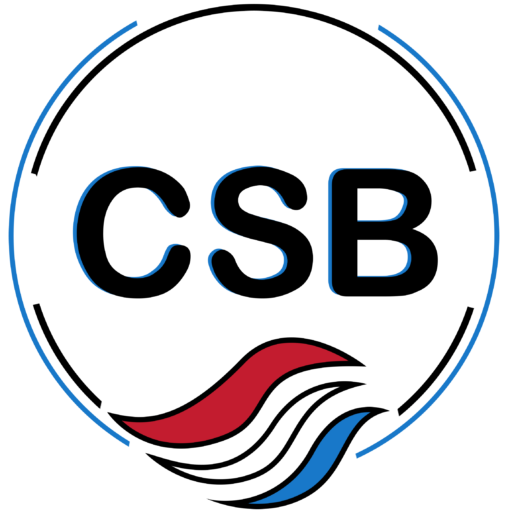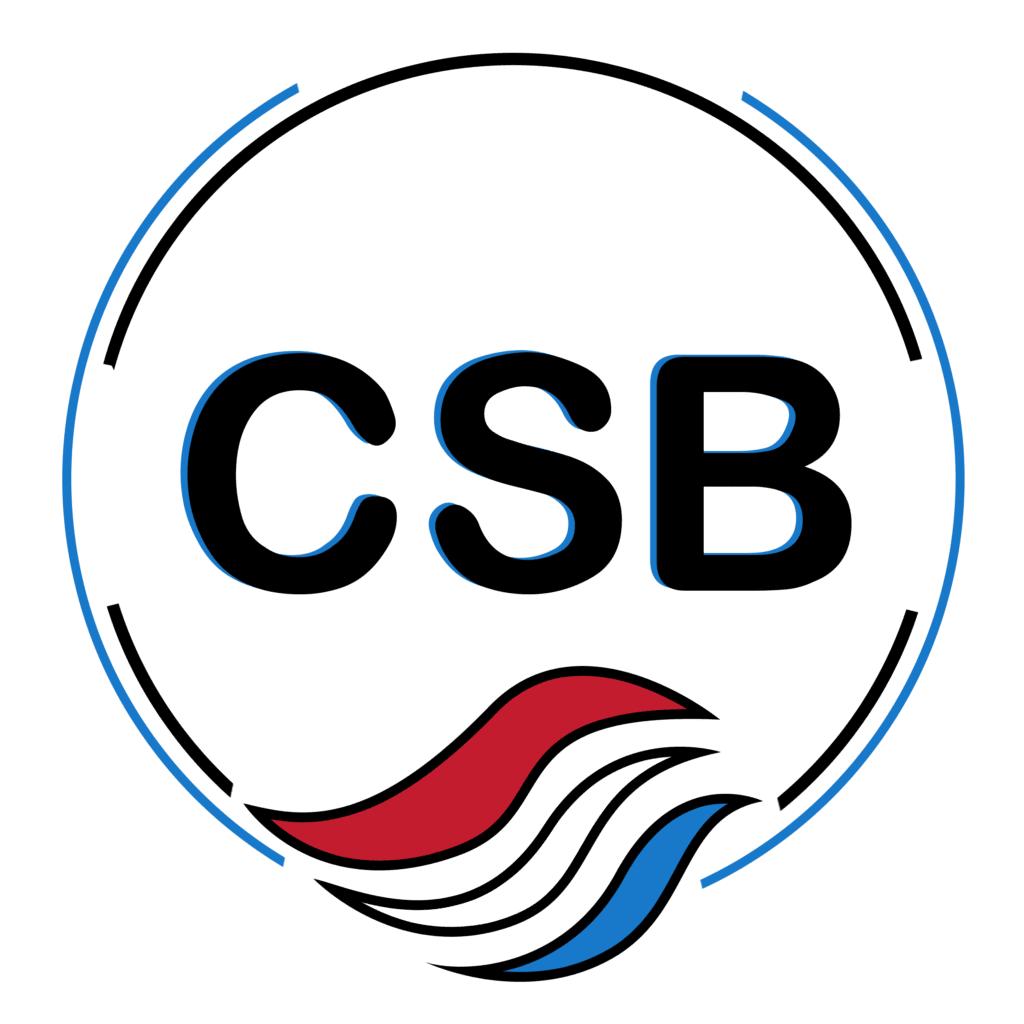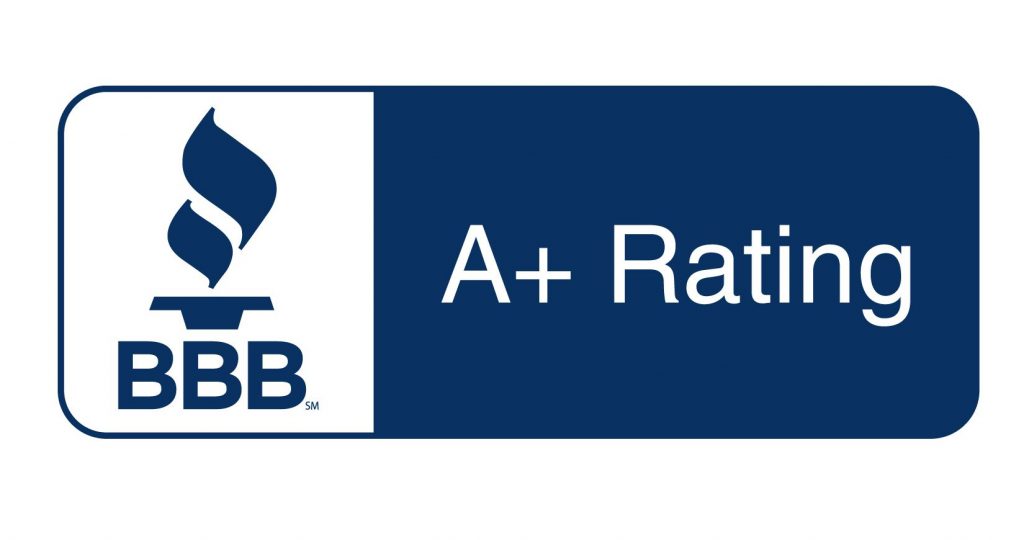
Part D Eligibility
Those that have Medicare Part A or Part B can join a prescription drug plan under Medicare Part D. You don’t need both A and B. Remember, Part D is optional, but you could pay a lot out of pocket for your medications without a drug plan! You can enroll in Medicare Part D through an insurance broker like us—we’ll help you enroll at the right time to avoid any penalties.
Part D Coverage
Part D plans will have a formulary listing what prescriptions are covered. These plans are required to cover at least two drugs from each category, but are also required to cover most, if not all, of the drugs that fall under these groups:
- Antidepressants
- Antipsychotics
- Anticonvulsants
- Anticancer
- Immunosuppressants
- HIV/AIDS drugs
Part D Costs
The specific costs that may fall within Medicare Part D depend on the company and plan. Participants that experience gaps in coverage—resulting in additional costs—should review assistance (Extra Help) and benefits options, like the Low Income-Subsidy (LIS) benefit, which could help in covering these costs for those that qualify. For those that don’t qualify, they’re generally required to pay premiums, deductibles, copays, and any other out-of-pocket costs that the chosen plan doesn’t cover.
Note: In addition to the standard amounts people may pay, those that incurred a late enrollment penalty will pay more. In 2021, the average amounts were $30 for premiums, a maximum of $445 for deductibles, and up to 25% of prescription drugs until out-of-pocket costs total $6,550, which is when Plan D would take over.
Part D Tiers
To lower drug costs, many Medicare Part D plans put drugs into various tiers on the formularies. Plans can divide their tiers in different ways, and each tier has different costs. Generally, a drug in a lower tier will cost less than a drug in a higher tier.
A Medicare Part D plan’s tiers might look like this:
- Tier 1: Preferred Generic – cheaper
- Tier 2: Generic Drugs – low cost
- Tier 3: Preferred Brand-name Drugs – in the middle
- Tier 4: Non-Preferred Drug – medium high cost
- Tier 5: Specialty Drug – more expensive



